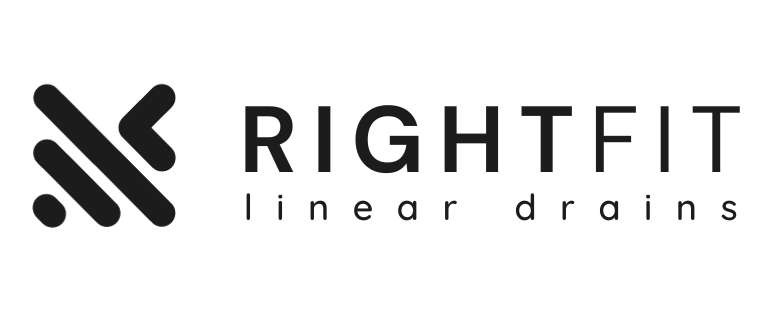Cost-Saving Strategies for Hotel Renovations
Insights on Budgeting, Selecting Cost-Effective Materials, and Negotiating with Suppliers
In the competitive world of hospitality, keeping your property up-to-date and appealing to guests is paramount. However, hotel renovations can be a substantial financial undertaking. By employing strategic cost-saving measures, management companies and contractors can ensure these renovations enhance the guest experience and return on investment (ROI) without breaking the bank. This article delves into effective strategies for budgeting, selecting cost-effective materials, and negotiating with suppliers, tailored to help your hotel renovation project achieve its financial and aesthetic goals.
Budgeting Wisely for Your Renovation Project
The first step in a cost-effective renovation is setting a realistic budget that reflects your hotel's needs and market positioning. Prioritize renovations that offer the highest return on investment, such as updating guest rooms and common areas, which directly impact guest satisfaction. Incorporating energy-efficient solutions can also lead to long-term savings. Allocate a contingency fund of at least 10% to cover unexpected costs, ensuring your project remains on track financially.
Selecting Cost-Effective Materials without Compromising Quality
Choosing the right materials is crucial for balancing cost and quality. Research and select materials that offer durability, ease of maintenance, and timeless appeal. For example, luxury vinyl tile (LVT) is a cost-effective flooring option that mimics the look of natural wood or stone but at a fraction of the price. Similarly, opting for high-quality, recyclable materials can reduce long-term replacement costs and appeal to eco-conscious travelers.
Mastering the Art of Negotiation with Suppliers
Building strong relationships with suppliers is key to negotiating favorable terms. Request bids from multiple suppliers to ensure competitive pricing and don’t hesitate to negotiate bulk discounts for large orders. Consider long-term partnerships with suppliers for future savings and explore bartering opportunities, such as offering hotel stays in exchange for reduced material costs.
Incorporating Technology for Efficient Project Management
Leveraging technology can streamline the renovation process and save costs. Project management software allows for efficient scheduling, budget tracking, and communication among stakeholders, reducing the likelihood of costly delays and errors. Additionally, digital renderings can help visualize the end result, preventing expensive changes mid-project.
Implementing a Phased Renovation Approach
A phased approach allows for renovations to be completed in stages, minimizing disruptions to guests and operations. This strategy enables the hotel to maintain revenue streams by keeping portions of the property operational, reducing the financial strain of a full shutdown.
Utilizing Government Incentives and Green Initiatives
Explore government incentives and grants available for renovations, especially those focused on energy efficiency and sustainability. Implementing green initiatives, such as LED lighting and water-saving fixtures, can result in significant utility savings and attract eco-minded guests.
Engaging the Community and Local Artisans
Incorporating local culture and art into your renovation can enhance guest experience while supporting the local economy. Engage local artisans and suppliers for unique furnishings and decor, which can often be more cost-effective than sourcing from large manufacturers.
Training Staff on New Features and Technologies
Post-renovation, invest in staff training to ensure they are knowledgeable about new features and technologies. Well-informed staff can enhance guest satisfaction by effectively utilizing the property’s upgraded amenities, translating into positive reviews and repeat business.
Measuring Success and ROI
After completion, assess the renovation’s impact on guest satisfaction, operational efficiency, and financial performance. Collect feedback through guest surveys and monitor reviews on travel sites. An increase in average daily rate (ADR) and occupancy levels are good indicators of a successful renovation.
Conclusion
Effective cost-saving strategies in hotel renovations are crucial for enhancing guest experiences while maximizing return on investment. By budgeting wisely, selecting cost-effective materials, negotiating with suppliers, and employing a strategic approach to renovations, hoteliers can achieve their objectives without compromising quality. Implementing these practices will not only ensure the financial success of your renovation project but also position your property as a competitive and appealing choice for travelers.
Read more about Cost-Saving Strategies for Hotel Renovations:
https://parkwestgc.com/blog/hotel-renovation-tips-to-keep-the-costs-down
https://www.amerailsys.com/post/maximizing-your-hotel-renovation-budget-5-cost-saving-tips-and-strategies
https://www.korteco.com/construction-industry-articles/4-tips-to-optimize-hotel-construction-costs/
https://www.linkedin.com/pulse/cost-saving-strategies-hotel-industry-how-reduce-costs-smaggus/

